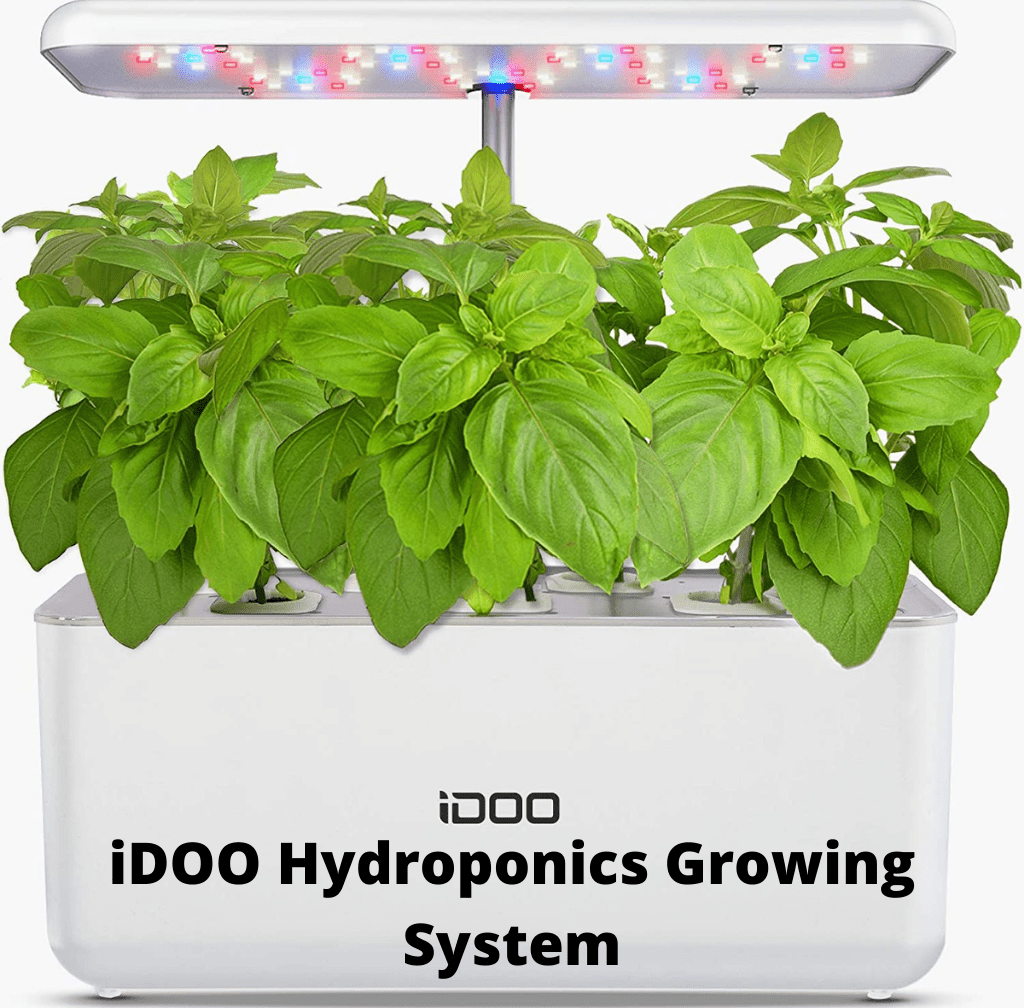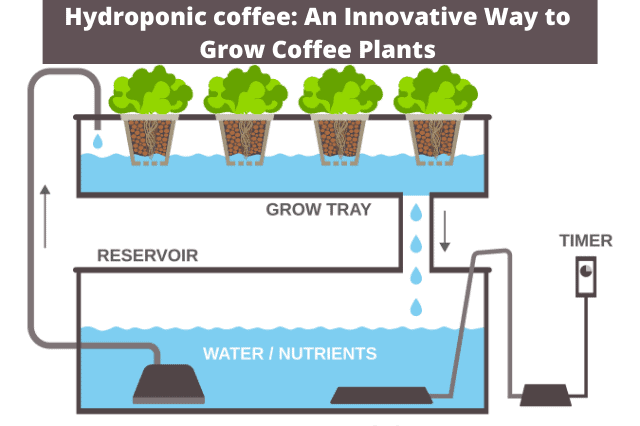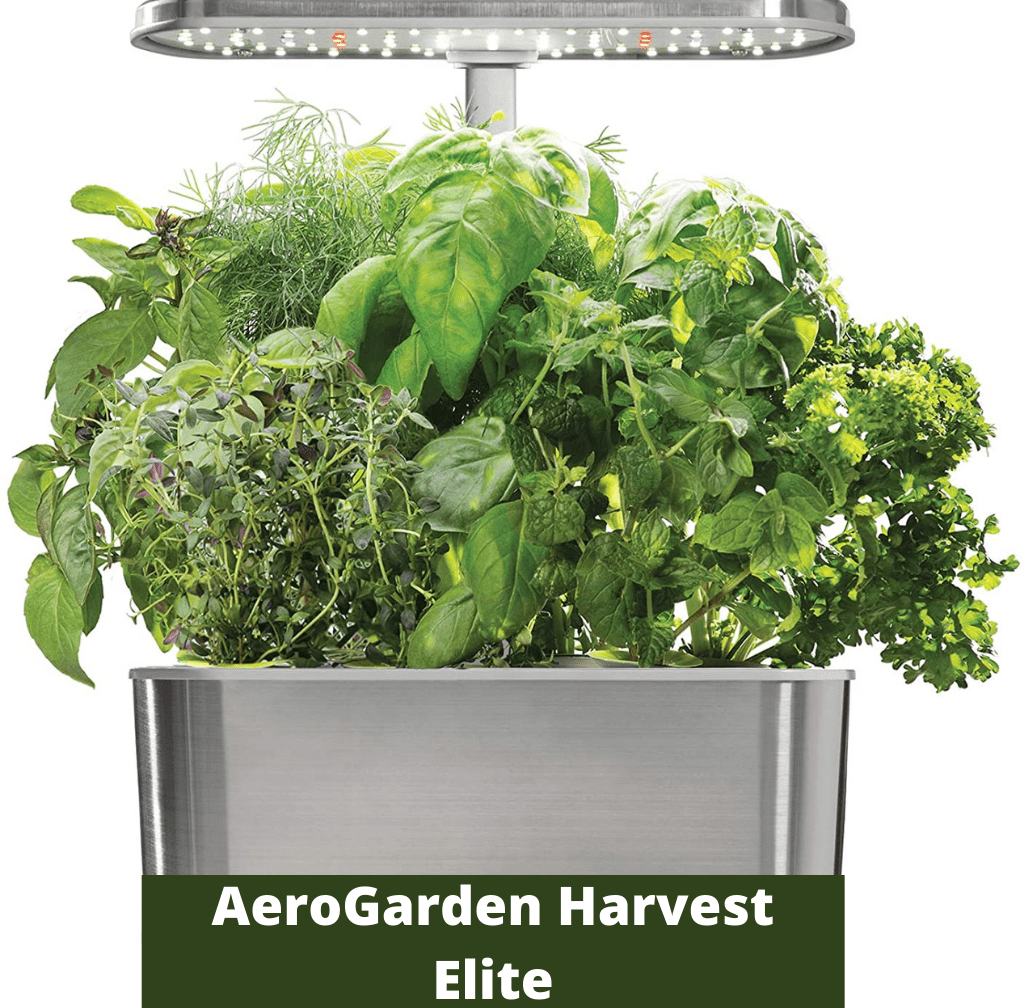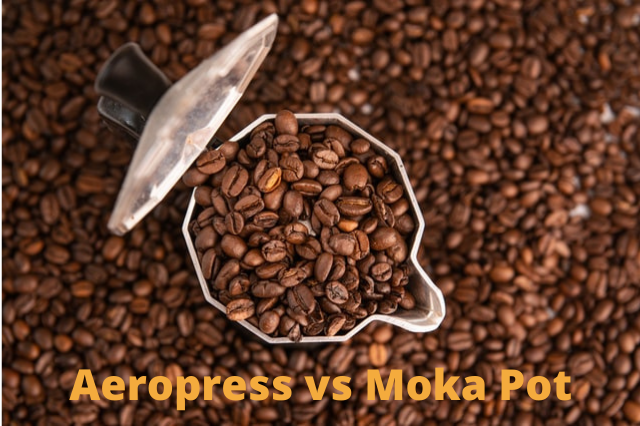Hydroponics is a method of planting vegetables that do not involve the use of soil. Hydroponic coffee growing is a relatively new trend capturing the imagination of coffee lovers, and it relies on a constant water supply to keep the roots moist.
Hydroponic hydration can be done anywhere people grow plants, such as in greenhouses or rooftop gardens. Hydroponics also has many benefits for those who practice this type of farming: there’s no need for fertilizer, pesticides, or herbicides, which means less pollution and healthier plants!
What Is Hydroponics?
Hydroponics is a method of growing plants in nutrient-rich, oxygenated water without the use of soil. Hydroponic coffee used in all types of hydroponic systems is coffee varieties that grow well with this type of growth. Hydroponic coffee is grown by planting the seedling with the root system fully submerged in the nutrient solution.
An inert medium such as gravel or clay pebbles can be added to support plant growth further but will not influence how fast they grow because it has no nutrients for uptake. Hydroponics systems can be split into two main categories: (DWC) and Aeroponics.
Hydroponics uses water as the growing medium rather than the soil. It can grow anything that it wants quickly. This has little or no root resistance, thus faster growth. Some different hydroponics systems include ebb and flow, deep water culture, storm surge, and drainage.
All these macro- and micronutrients must be supplied to the plant. This happens with a liquid oxygen-rich / hydroponic-based system. Water flow, oxygen, nutrients, light, and sterile root support materials temperature and cleanliness are vital.
Advantages Of Hydroponics Over Soil Growing
The hydroponic farming method is more viable and healthful environmentally. It uses less water and fewer nutrients, and importantly, it does not compromise soil composition, enabling preservation of its value. The beauty of hydroponics growing is that it goes anywhere, even in the desert.
Washing and maintaining systems that need constant food, hydration, and light is easier. This makes hydroponic horticultural work substantially less expensive as compared to soil horticulture. The yield from hydroponics can also be increased because it supplies water all the time, and roots can easily access it. It often results in a more nutritional-rich taste also!
Hydroponics is also great for the environment because they don’t use soil, meaning no pollutants will enter it. Hydroponic coffee has grown in popularity, especially among those who want healthier, stronger plants with a larger produce yield!
Growing Coffee Hydroponically: The Ultimate Guide
Hydroponics uses 20 times less water compared to other traditional agriculture techniques. The NASA astronauts used the hydroponic system as an experimental device to grow beans. Recycling nutrient-dense water is a water-efficient and environmentally friendly way to grow trees.
Let’s learn how to grow coffee hydroponically in our guide. That can be grown in just several conditions required to become perfect for the best coffee harvest. If you want to try, it’s important to look first at some factors. How do you grow coffee in the right conditions? How to find the perfect solution?
What Light Is Needed?
Different types of indoor grow lights will help grow fruits and vegetables. There are LEDs halides, plasmas, etc. This includes LED lights and many other sorts.
The lights are meant to assist in the growth process. These factors are particularly true if you grow your plants in a house instead of a greenhouse.
Oxygen
All plants require oxygen to develop. The soil contains tiny air pockets among soil particles. In hydroponics, the roots get oxygenated through the motion of the water pumping or the air pump. Without oxygen, plants could drown in a water-based medium.
The top of the tree requires an environment well-ventilated with fresh air coming into the tree and old air moving out.
To increase productivity, some growers include CO2 in their polyurethane tunnels or indoor spaces. The plants convert CO2 to oxygen.
Sterile Root Support Material
When growing coffee, hydroponically, clay pellets or rough gravel seem appropriate. Fungal and mold problems stop the plant’s root growth, producing headaches and possibly killing plants.
Each works differently for various plants and should be carefully selected to permit a growth and size increase in containers’ roots and water capacity. The boxes should be designed to give your system the space and capacity required.
Nutrient Recipe
A typical hydroponic nutrient contains 9 percent nitrogen, phosphorus, and potassium. The last percent was composed mostly of water or other nutrients. Follow instructions for the correct quantity of these nutrients to grow the coffee plants well for coffee. The best recipe for growing coffee beans has large proportions of nitrogen.
FAQs About Hydroponic Coffee
How Hard Is It To Grow Coffee Hydroponically?
Hydroponics hydration is relatively easy, but if you plan a successful commercial coffee plant, this might take some effort. Some common systems used by hydroponic hydration include the floating row system and the deep water culture system.
Both hydroponics systems are easy to use, maintain, and clean, but each has unique advantages and disadvantages. Ultimately, you have to have patience for a saint to grow coffee. It can take three to 5 years to receive your first yield. Keep going and enjoy yourself; eventually, you will reap what you seed.
Is hydroponic coffee organic?
Hydroponic coffee can be grown organically if organic nutrients and practices are used in the hydroponic system.
Does hydroponic coffee taste different from traditional coffee?
Hydroponic coffee can exhibit unique flavor profiles due to the controlled growing conditions.
Are hydroponic coffee beans more expensive?
Initially, hydroponic coffee beans might be pricier due to higher production costs, but economies of scale could bring prices down over time.
Where can I find hydroponic coffee?
Currently, hydroponic coffee might be limited in availability, but as the method gains popularity, it’s likely to become more accessible in various markets.
How Do You Grow Hydroponic Coffee At Home?
I think the right way to begin growing coffee at home using the hydroponic system is brewing coffee beans pre-soaked in the coffee plant seeds which will last an hour. If you plan on growing coffee indoors and in the winter months we recommend starting hydroponic seeds just before the last frost and then potting hydroperiods plants outdoors at temperatures over 50 degrees Fahrenheit.
When covering the seeds with rock wool, be sure not to push the plant down too heavily as this can damage the plant roots. Once coffee seeds are big enough for transplantation into a commercial pot any kind of commercial pot or container will work.
You can read also: How Long Do Green Coffee Beans Last? A Comprehensive Guide 2023
How Long Until Harvest?
The period it usually takes to harvest your coffee beans using the hydroponic method is about 3-5 years from seeding to full trees. In one year it takes between 60 and 90 days for the bean to bloom. Once you picked them you can store them for approximately 4 days. Or you might prefer to freeze those to last even longer.
You can keep them in the freezer for ages before taking them to the shop or freezing them. The time required to harvest coffee beans depends on the conditions where the plant was growing namely the weather conditions and the soil.
If You Want To Harvest Coffee Beans, How Do You Know When To Do It?
The time it takes for a hydroponic plant to be ready to harvest can range from 3 months with Robusta plants, 6 on Arabica seedlings, and 17+ years in the case of YP coffee trees. In general, though most plants are ready within three months after flowering begins so you will know once your preferred variety has developed its characteristic shape but don’t worry if this isn’t exact because some types grow faster than others!
How Many Pounds Of Coffee Per Tree Per Year?
Coffee can produce between 1 and 1.5 grams per annum. Therefore it would require up to 4,000 beans for any pound of coffee.
How Can You Increase My Yield?
You should use phytonutrients in the proper moderation you can. A perfect location to plant is very close to natural light allowing them to absorb as much sunlight as possible. You’ll be able to develop several methods to increase the total yield of your coffee plant at the hydroponic growing station.
Should I start from seed or seedlings?
The best idea you can make is to use the seeds. They will germinate very fast often between one to two weeks. Keep the temperature at an angular 67 degrees F or 18 degrees C. If you prefer to work outdoors, the temperature needs to get above 60 F.
Conclusion
If you’re looking for a means to hydroponically grow coffee that is lasting and also healthy and balanced for the atmosphere, after that hydroponics may be just what you require! Expanding hydroponic coffee has several advantages.
It’s even more environmentally friendly since there are no pesticides or chemicals being used in this technique of growing coffee beans. Plus, hydro-coffee plants can create approximately 10 pounds each year which makes them very lucrative too.
If you purchase any items using one of our affiliate links, we may earn some commission at no extra cost to you. Thanks a lot for helping my site grow! How this works

My name is Richard! I am a fulltime coffee fan! I found my passion for Coffee ancient at high school and have researched that fire for more than a decade today. My passion for coffee has enabled me to experience a lot of the world throughout my coffee mug, and now I always look forward to sharing my knowledge with you!





